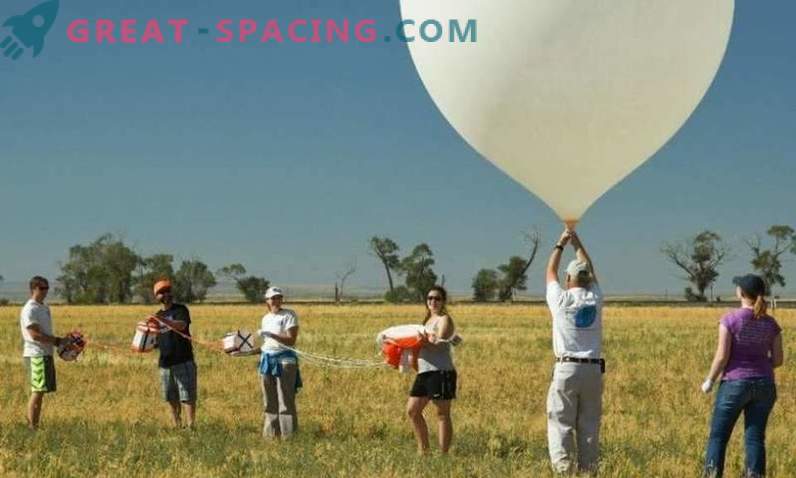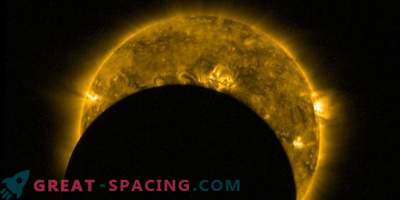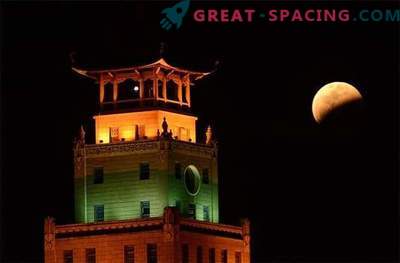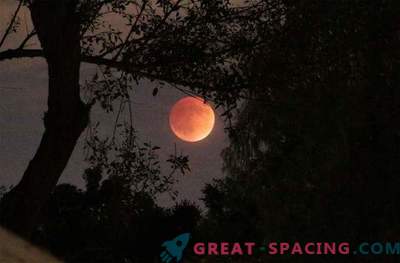
This is a snapshot of Montana from a height of 25,000 m (stratosphere) during the balloon exam (April 19, 2014)
In the study of solar eclipse, NASA decided to collaborate with students across America in the new Eclipse Balloon Project. To this end, on August 21, 50 high-altitude balloons will be launched to track the event.
A total solar eclipse is a rare case and has never been recorded on such a scale. Video recordings will help people from all over the world admire the phenomenon, even if they do not live in the right place.
Moreover, an eclipse in August will allow to explore the stratosphere, which according to its characteristics resembles the Red Planet. Students will not only track the eclipse, but will also study the effect of conditions on neglected microorganisms from different positions.

Metal card for transporting bacteria
NASA will issue teams of two small metal cards with environmentally sustainable bacteria. One will remain on the ground, and the second will go with a balloon. As a result, scientists can compare the differences. The Martian atmosphere is 100 times thinner than the earth and has low temperature marks. The upper part of the stratosphere meets these conditions, and therefore allows for a similar experiment.
The eclipse plays into the hands, as the Moon accumulates a full blast of solar radiation, blocking certain ultraviolet rays, which will also lower the temperature.

A team from the University of Montana is preparing to launch the ball in Idaho
Supervision of students
While NASA is studying the eclipse, students will be able to feel like astrobiological researchers. Balloon - inexpensive equipment available to everyone. Data is collected for transmission to NASA for further study.











































